Best practice guidelines for mangrove restoration
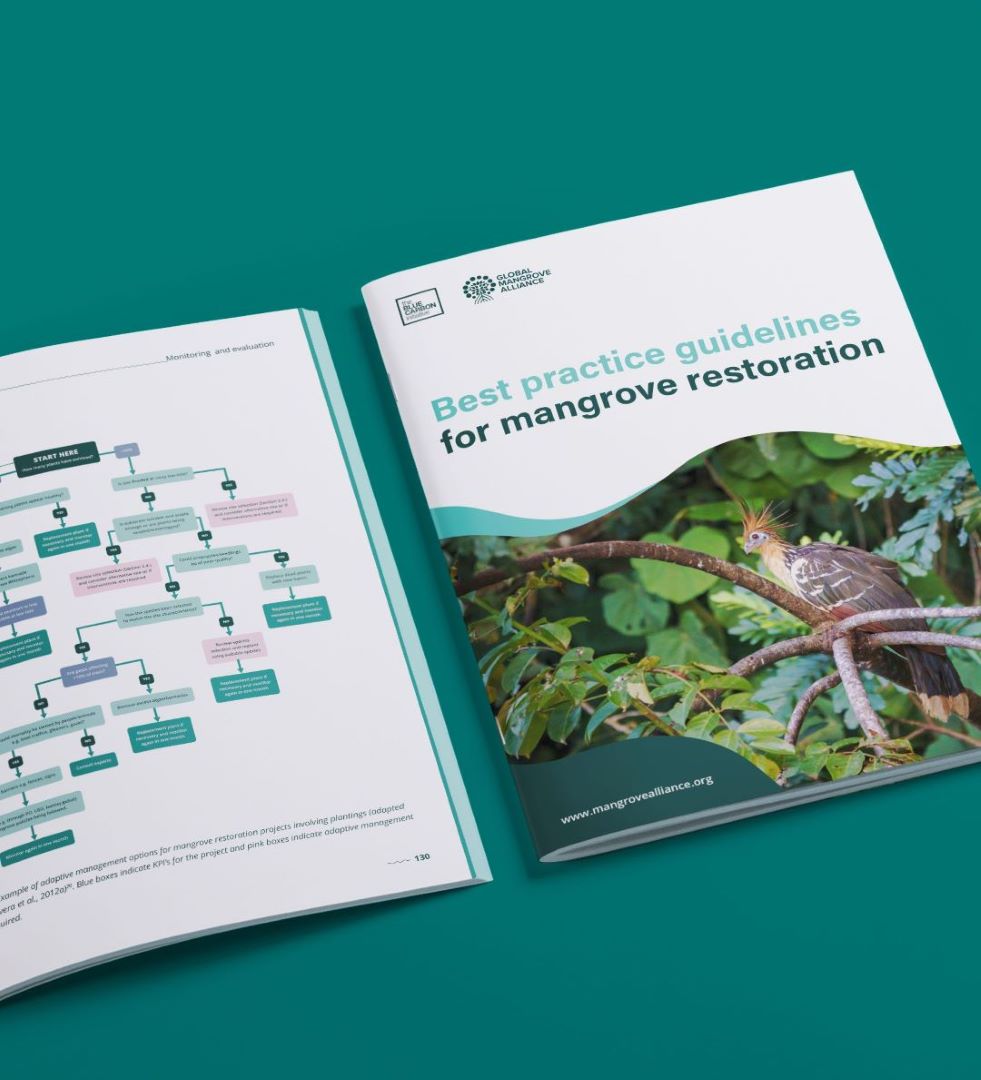
Introduction
Healthy mangroves are havens for biodiversity and are critical for climate action. They support the livelihoods, food security, and well-being of hundreds of millions of people, are critical for carbon storage, regulate water quality, and protect coasts. Despite their importance, 20-35 percent of our mangroves have been degraded or lost over the last 50 years. If done properly, mangrove restoration can enhance coastal resilience, sustainable livelihoods, fisheries productivity, aquaculture, biodiversity, and carbon sequestration.
Restoring ecosystems that have been degraded or lost is a key target for terrestrial and marine landscapes within the UN SDGs and the Paris Accord. In this context, there has been a noticeable increase in government-funded mangrove initiatives and inclusion of mangrove restoration in global policy frameworks, which has also driven the availability of public and private finance for mangrove restoration.
In response to an increasing interest in coastal resilience and climate mitigation potential of mangroves, the Global Mangrove Alliance, the Blue Carbon Initiative and partners launched the Best Practice Guidelines for Mangrove Restoration. These Guidelines aim to build a shared understanding of best practices, and in doing so, facilitate scaling up of cost effective, inclusive, and successful restoration of mangrove ecosystems. An Executive Summary is available.
The Best Practice Guidelines for Mangrove Restoration is a joint product developed by the Global Mangrove Alliance and the Blue Carbon Initiative and led by the University of Queensland, Conservation International, Wetlands International, Blue Marine Foundation and the International Blue Carbon Institute, along with dozens of mangrove scientists and user groups across the world.
This article is an summary version of the original text, which can be downloaded from the right-hand column. Please access the original text for more detail, research purpose, full references, or to quote text.
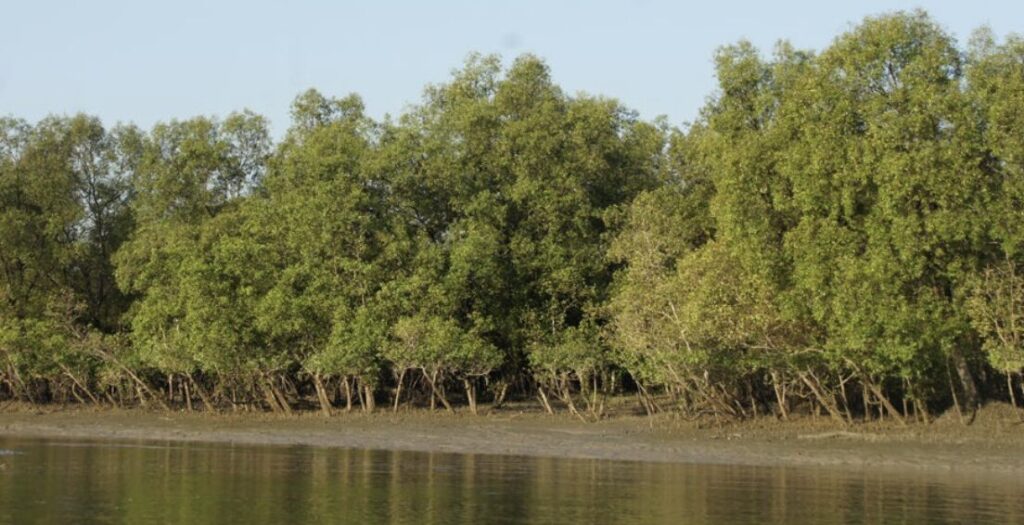
Why we need to get it right
While there have been many successful mangrove restoration efforts worldwide, some regions still see failure rates of up to 80%. This is primarily due to limited knowledge of best practices.
The current focus on how many thousands of trees are planted is myopic, because it focuses only on the short-term establishment and misses well established best practices, such as long-term maintenance, monitoring, and community support. Without these conditions success will be limited.
With the best practices guidelines we change the narrative and move away from single-species mass tree-planting, to inclusive ecological restoration approaches that involve local stakeholders and build on the latest scientific insights.
Common issues and failures in mangrove restoration include unrealistic goal setting, short project planning and stakeholder engagement time, and reliance on planting in unsuitable area without addressing hydrology, nutrient, and sedimentation requirements. The position of mangroves in the landscape, at the margin of land and sea, also adds complexity as environmental conditions for mangrove establishment can vary on small spatial scales, and land ownership or management of the area may be unclear. Sometimes planting may even cause environmental damage when other valuable habitats such as mudflats and seagrass beds are replaced by mangrove saplings.
Best practice guidance for mangrove restoration
The Best Practice Guidelines for Mangrove Restoration is the most up-to-date tool to support effective project design, funding, and implementation, centered around an inclusive, community-based approach which has been shown to enhance restoration success and longevity.
The guidelines provide project managers with a step-by-step approach for every phase of the restoration project cycle, from identifying objectives to ensuring long term sustainability of restoration benefits. They are designed to walk the reader through proven practices that can be applied to any restoration project. There are chapters in the guidelines providing detail on each step.
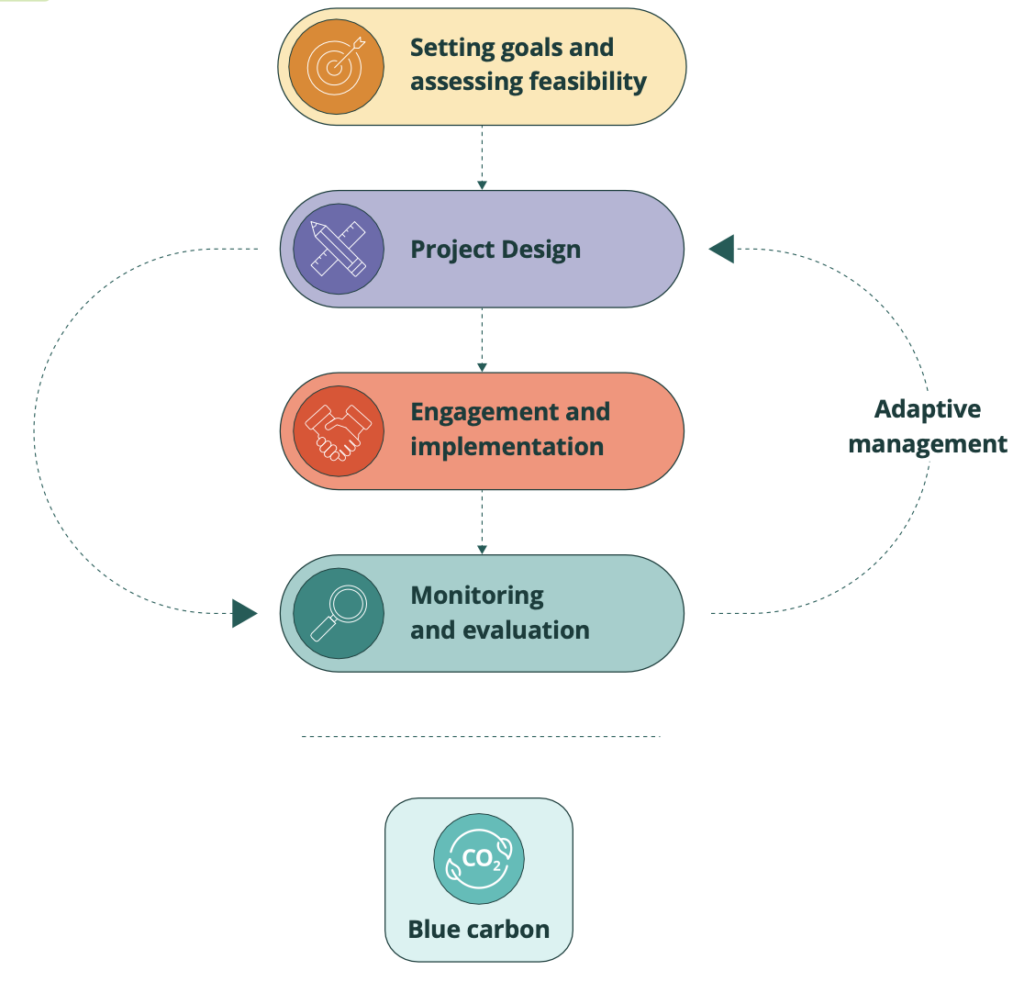
Specifically, the best practices shared in the guidelines:
- Are based on lessons learned from real-world projects, swapping single-species mass tree-planting for inclusive ecological restoration approaches. The most effective way to restore mangroves is to create the right biophysical conditions for mangroves to grow back naturally and the right socioeconomic conditions to support their long-term protection. Comprehensive project designs bring together community leaders, local stakeholders, project managers, and experts in restoration, data collection, and ecology, and facilitate knowledge sharing and capacity building across the project team.
- Are created to result in a sizable, diverse, functional, and self-sustaining ecosystem that offers the desired benefits for nature and people.
- Go beyond physical restoration activities. Drawing on a wealth of experience, the guidelines also look at project design and implementation holistically from a social, financial and impact point of view.
- Highlight existing resources, and provide pathways to decide which approaches are appropriate for a specific restoration context and specific restoration goals and objectives.
- Provides modules that specifically tackle issues related to various goals. For example, the first module on blue carbon addresses how to align mangrove restoration with national climate mitigation targets, or how to produce carbon credits to fund long-term project maintenance, monitoring, and community benefits. Over time, additional modules related to coastal protection, biodiversity, and fisheries will be added.
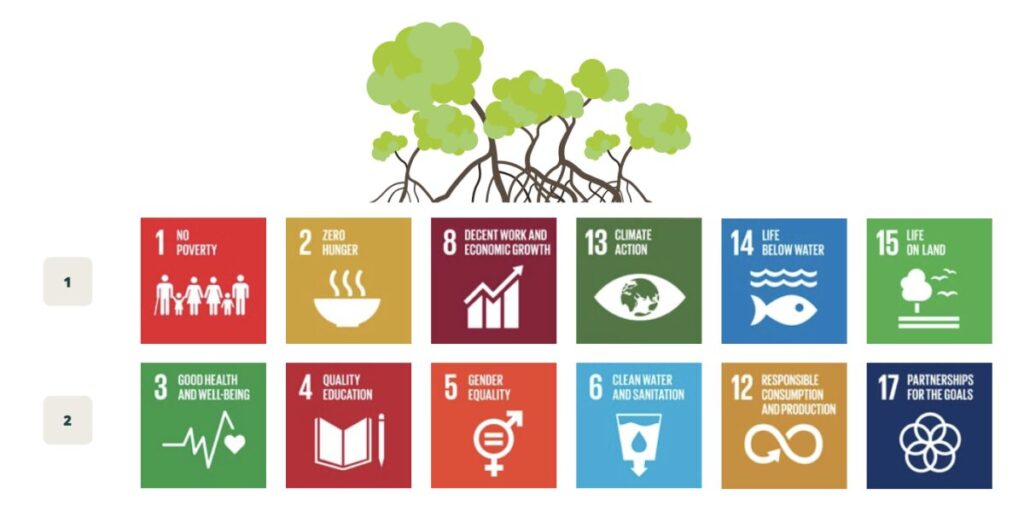
Guiding principles for success
The Guidelines apply six principles for successful mangrove restoration. We summarise them here:
- Safeguard nature and maximize biodiversity: At the bare minimum, negative impacts to nature need to be understood and avoided. Purposefully striving for positive biodiversity impacts will in many cases be beneficial. Instead of planting monocultures, aim for restoring a mangrove with multiple species and natural zonation.
- Employ the best information and practices: Make use of the best available science, including lab and field-based measurements as well as traditional and local knowledge and experiences that has often been developed and refined over centuries. Convene a multi-disciplinary and multi-sectoral team to help integrate biophysical as well as socio- economic aspects and to ensure different stakeholder perspectives are represented and addressed.
- Empower people and address their needs: Local actors – and their representative institutions – need to have the capacity to meaningfully engage in project design and implementation and advocate for their needs in policy dialogues. The project governance structure needs to facilitate participation and decision making as well as fair and equitable benefit sharing.
- Align to the broader context – operate locally and contextually: Taking a land and seascape approach is key, which involves integrating projects within coastal zone management policies as well as into other relevant policies and plans.
- Design for sustainability: All projects have risks to sustainability that may occur beyond the project lifetime. Risks need to be carefully mapped and understood, so that risk mitigation measures can be put in place.
- Mobilize high-integrity capital: Governments and public financing alone cannot foot the bill with the urgency needed. Private sector funding must be mobilized at scale and at speed alongside government funding. Mobilization of capital needs to avoid false benefits (green-washing) and ensure equitable access to funds.
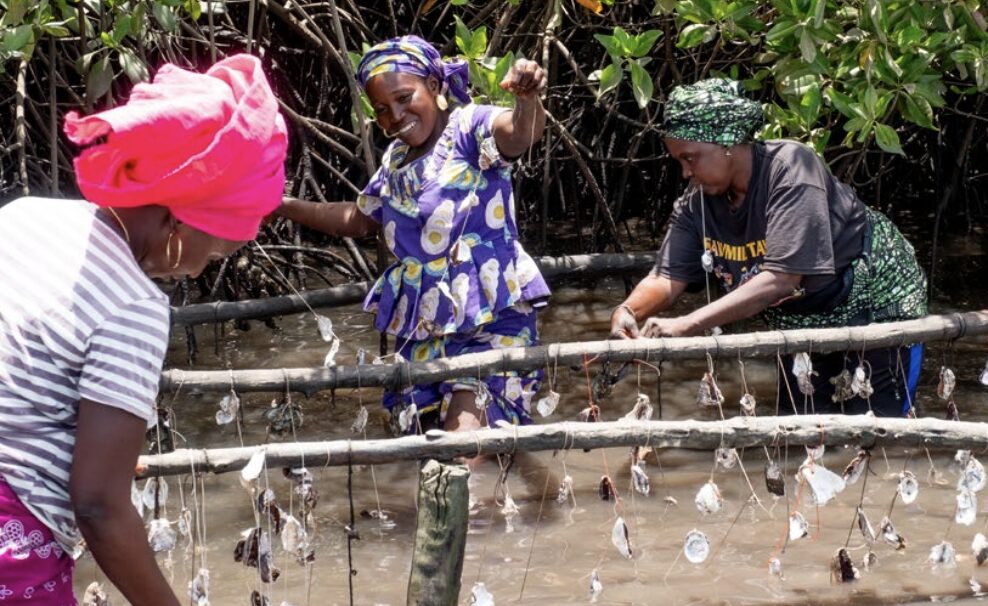
Suggested citation
Beeston, M., Cameron, C., Hagger, V., Howard, J., Lovelock, C., Sippo, J., Tonneijk, F., van Bijsterveldt, C. and van Eijk, P. (Editors) 2023. Best practice guidelines for mangrove restoration.
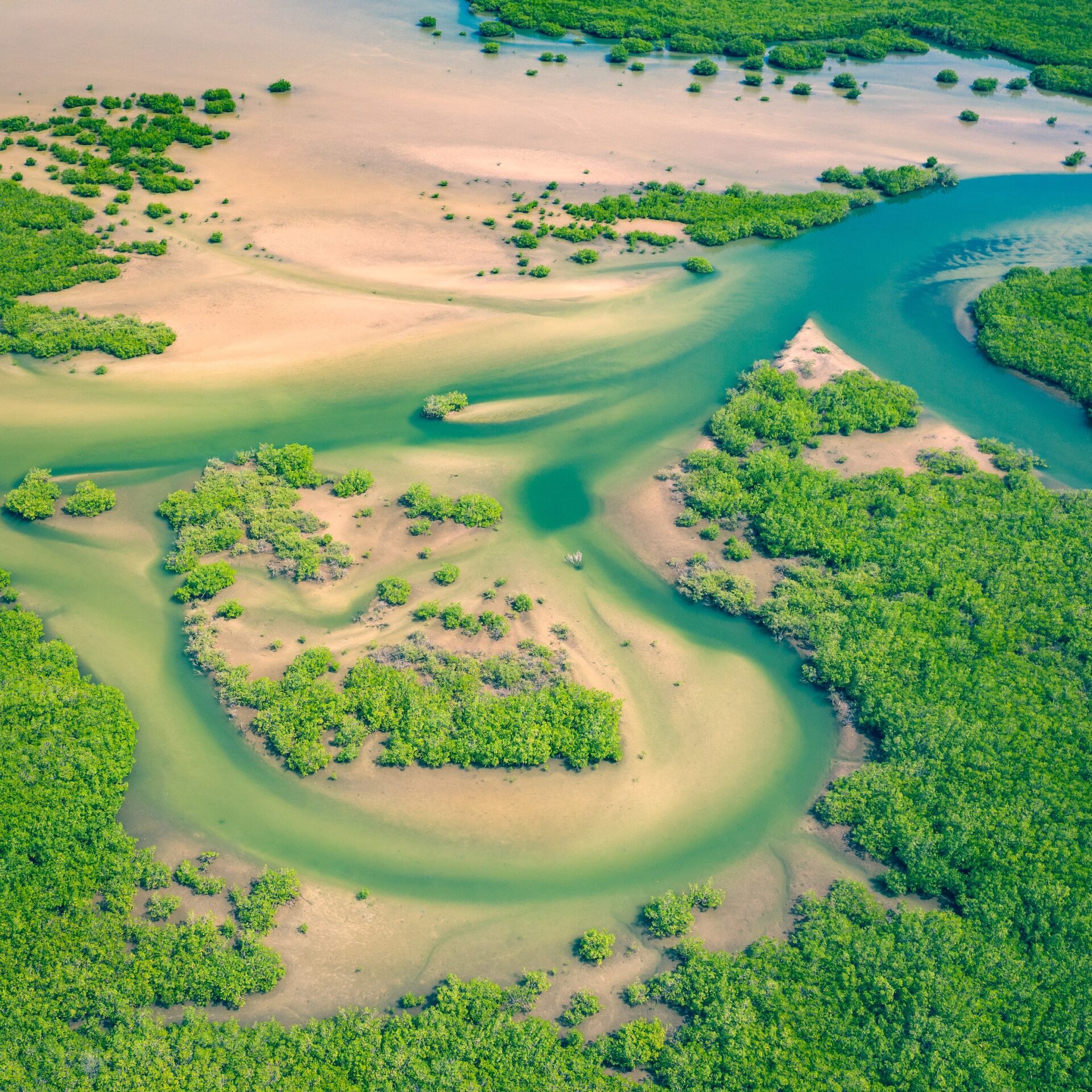
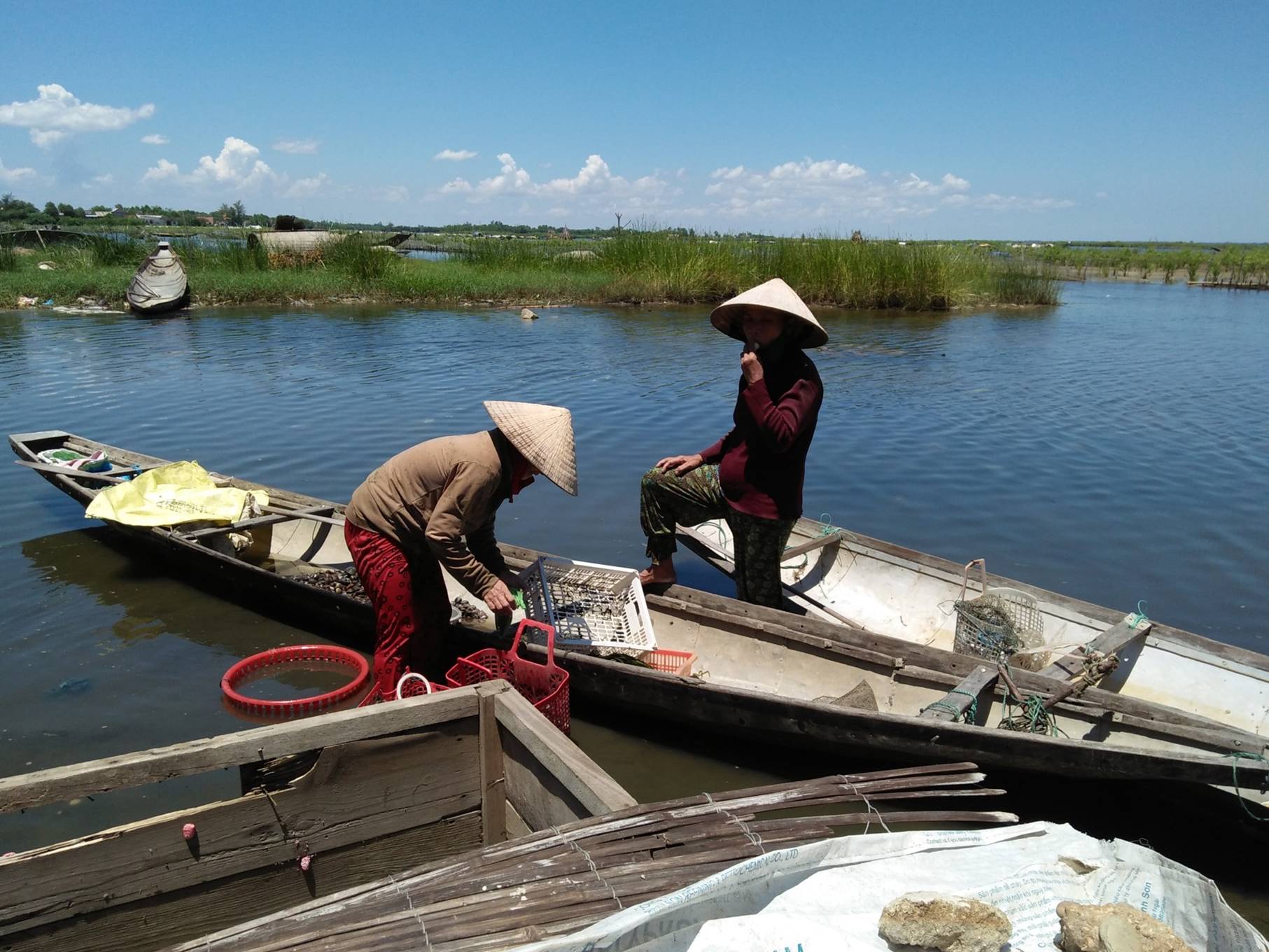
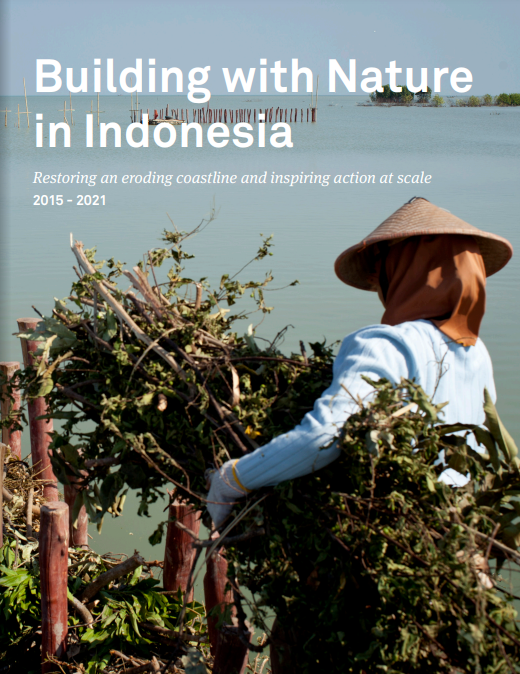
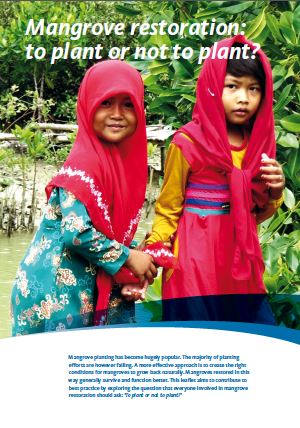
(0) Comments
There is no content